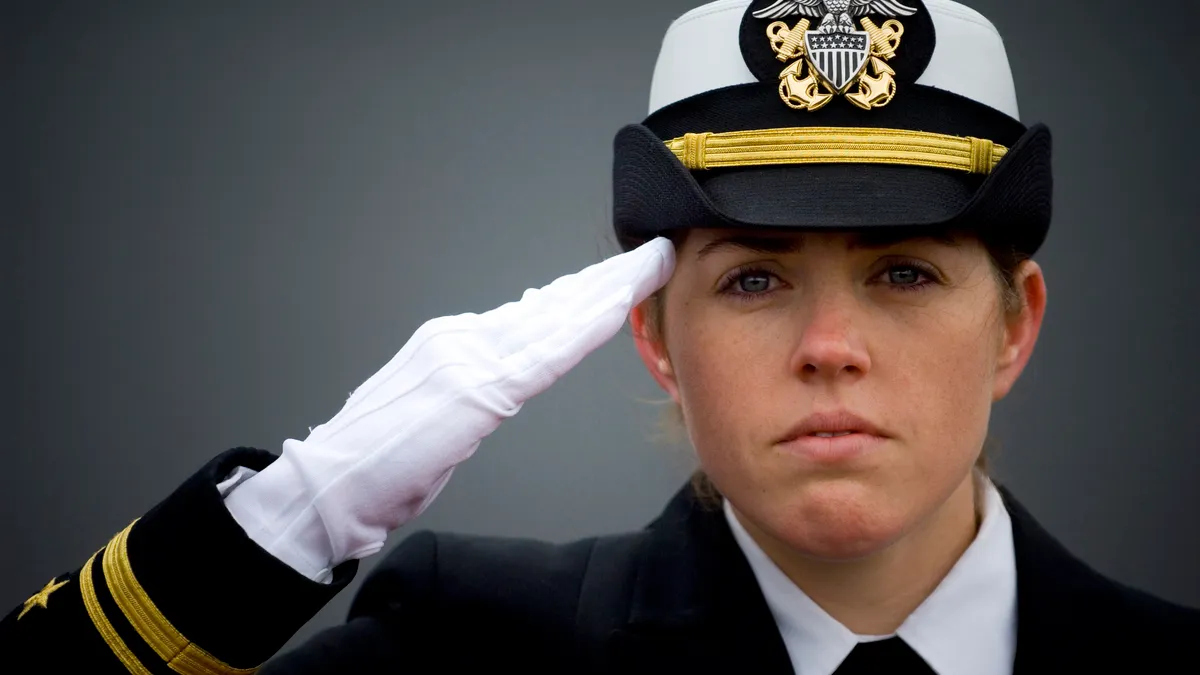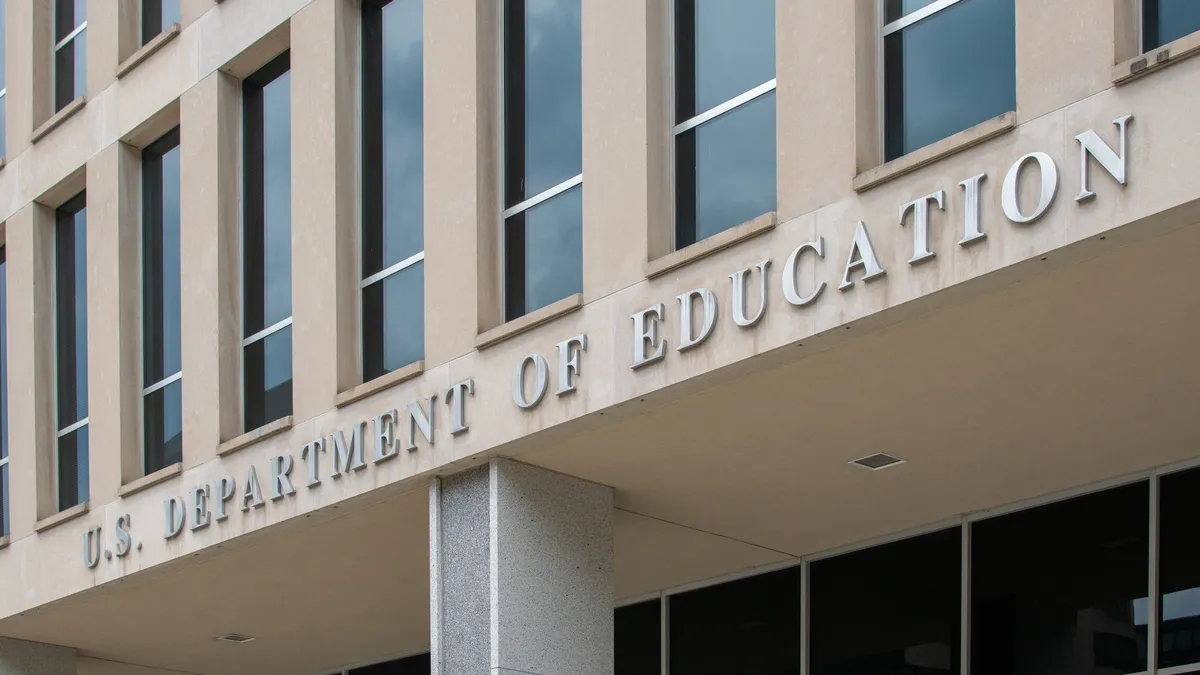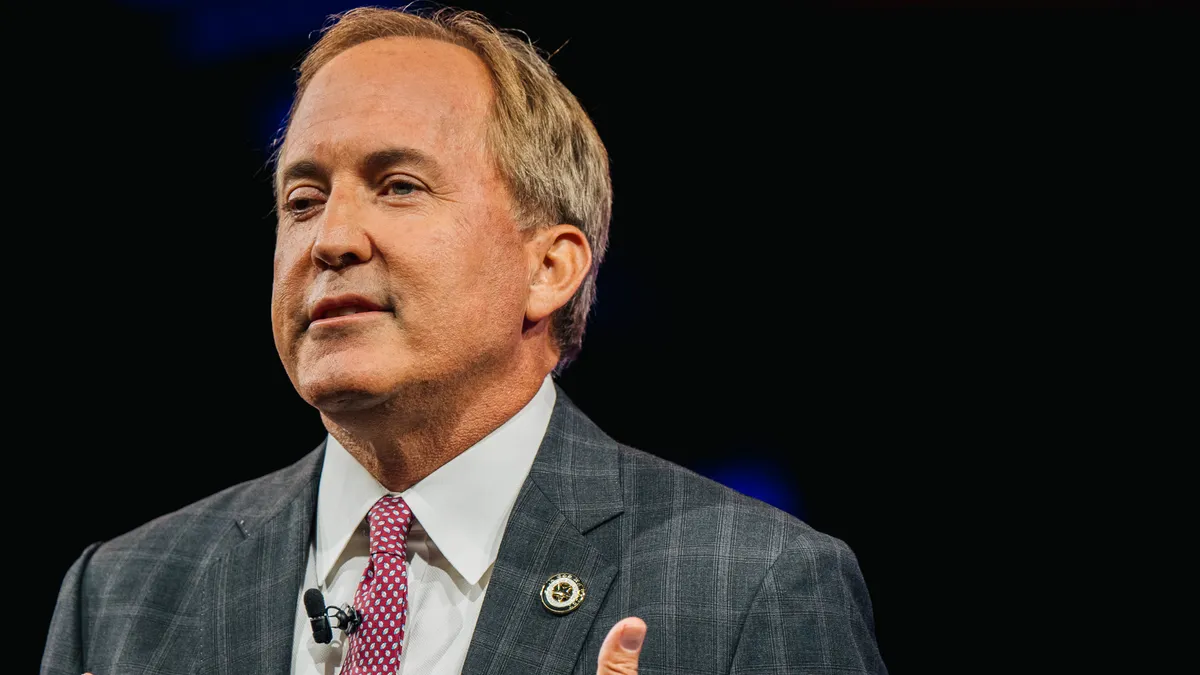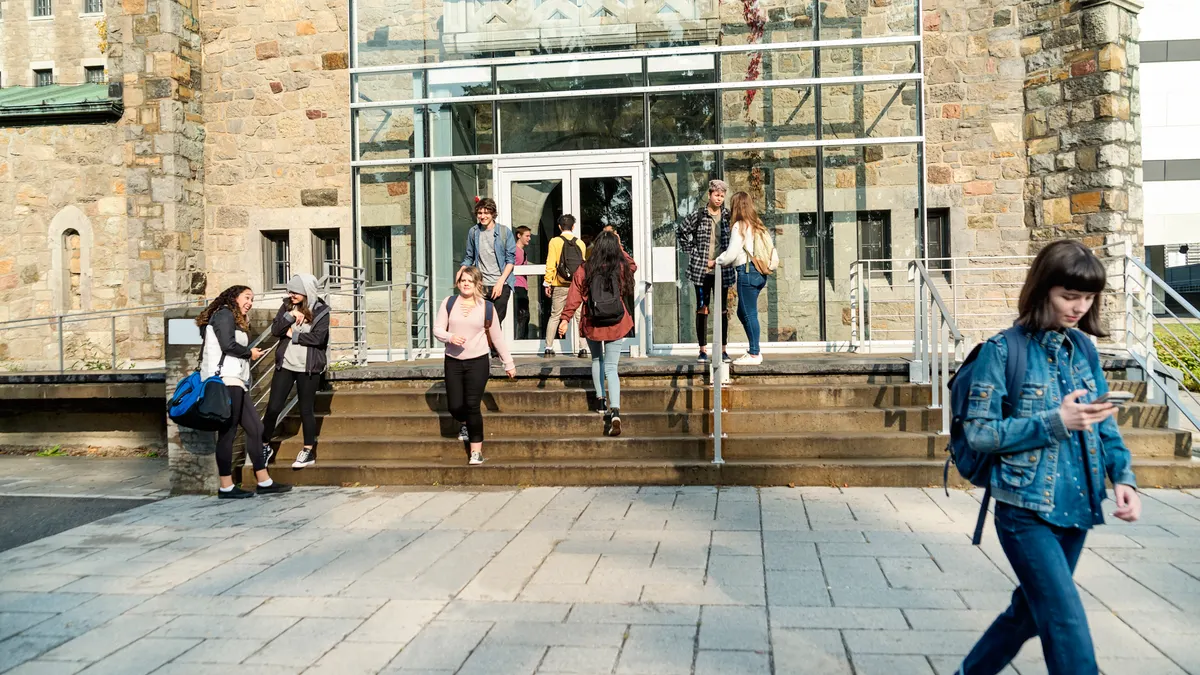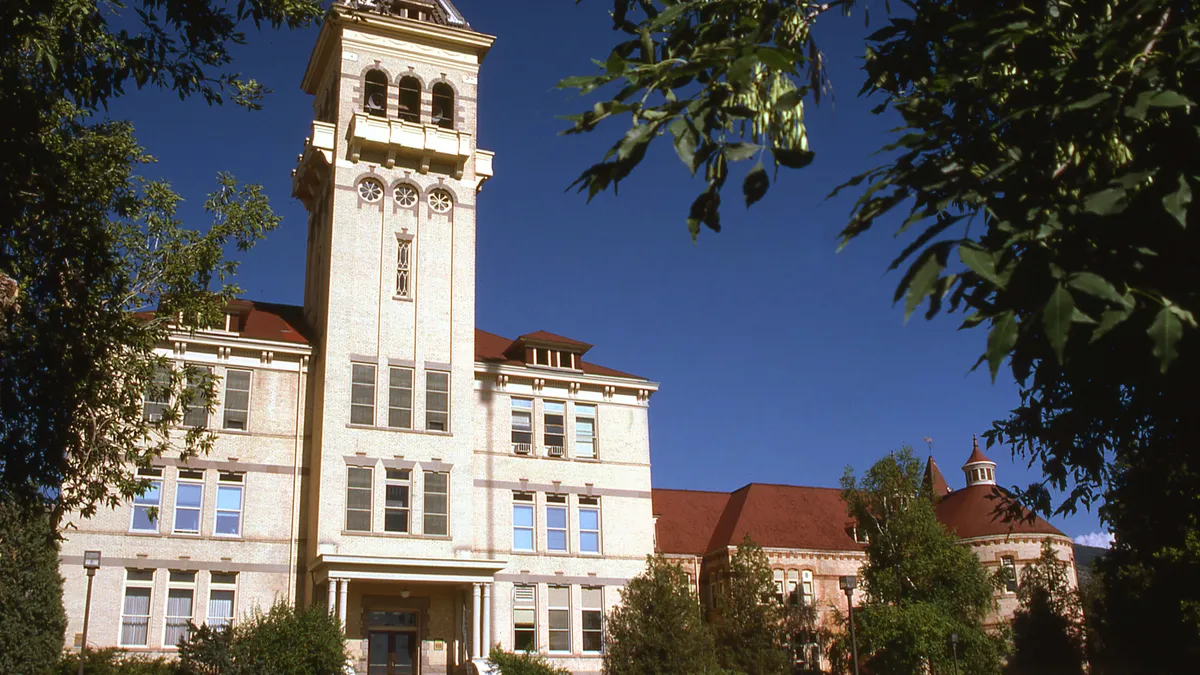Conventional wisdom says veterans don’t graduate at rates as high as their non-veteran peers. And much of the conversation about student veterans centers on the need to solve that problem, whether it is condemning certain institutions that don’t offer the proper supports or discussing what additional services would help make veterans successful.
But James Schmeling, an executive vice president of Student Veterans of America, says that entire conversation is based on faulty data. The National Veteran Education Success Tracker, an initiative of Student Veterans of America, can now prove that.
“When we look at education data broadly, they collect data on first-time, full-time students who start in the fall semester and who finish their degree at the same institution where they start,” Schmeling said. “That’s not how student veterans go to school.”
Student veterans tend to begin their education wherever they happen to be stationed and transfer when they relocate. And many who return to college after years in the service choose to start at a community college, with their lower barriers to entry and gentler transition into academia. When these veterans transfer to a four-year college before getting a degree or certificate, they do not get counted in graduation rate data because they switched institutions.
But NVEST tracked them. The organization spent $2 million and an entire year doing data analysis to account for all of these nontraditional routes to a degree. It gathered data from the U.S. Department of Veterans Affairs on every person who collected Post-9/11 GI Bill benefits from 2009 to 2013 and then tracked student outcomes for all 853,111 of those students through the fall of 2015 using data from the National Student Clearinghouse, which tracks outcomes on virtually every enrolled student nationwide.
As it turns out, student veterans actually have a higher success rate than students overall, with success rate defined as completion or continued enrollment. Among veterans, the success rate is 72%. A parallel rate for the nation as a whole, using data from the National Student Clearinghouse Research Center, is 67%. Schmeling says the higher success rate among student veterans reflects the strengths they bring to the table, like maturity, discipline and work experience gained from their time in the military.
There are things colleges can do to support student veterans, who are necessarily “nontraditional” students, part of a fast-growing segment of the U.S. higher education student body.
Seeing veterans as first-generation students
Almost two-thirds of student veterans are first-generation college students. This means their parents can’t impart lessons learned from their own experience in college. They don’t get the same advice about choosing the right college, choosing a major, or understanding course sequencing and degree progression.
This means, like all first-generation college students, many veterans need tailored supports based on their experience levels. They need more hands-on advising. They need someone to tell them that they should attend faculty office hours even if they aren’t having any problems in the class, or that they should stay away from certain courses before deciding a major to avoid risks those early credits won’t get counted toward their ultimate degrees.
At the University of Georgia, widely considered a military-friendly institution, the Student Veterans Resource Center provides an anchor point for information about tuition assistance, academic supports, career advice and more.
Joe Mahoney, a returning student who is finishing a business degree at the University of Georgia after seven years in the Army and five years as a detective in the UGA Police Department, was profiled by the Division of Student Affairs in his quest for an internship.
Internships are still key
“Lots of veterans think that because they’ve been to Iraq or Afghanistan, because they know what it's like to go all over the world, that they don't need an internship or that they don't need these experiential learning pieces," Mahoney told the university last year. "But an internship is a way for the industry that you're going into to vet you.”
Ted Barco, director of the Student Veterans Resource Center said the university is now in the second year of a pilot program called the Persistent Coaching Program, which focuses on easing a student veteran’s transition into UGA and facilitating their readiness to transition from UGA into a career or graduate school.
When thinking about a career for graduating veterans, advisors have to consider where the students’ military experience fits into their marketability and also explain the value of internships for more than just work experience. As Mahoney said, it’s a way to be vetted by an industry. It is also a way to get connected to an employer that predominantly hires from its intern pool.
Besides career services, Schmeling recommends reframing information about disability services to better reach veterans who would qualify for accommodations. A number of veterans return from combat with hearing loss but they don’t identify as deaf. When disability services offices say they have accommodations for deaf students, veterans slip through the cracks. The same may be true for veterans with traumatic brain injury. While they may be helped by services for students with disabilities – like extra time on tests – they might not know to ask for it.
Serving student veterans, then, is a combination of connecting them with existing services and tailoring supports to their demographic, which often extends beyond their military service to their work experience, competing demands of family and their status as first-generation college students.
“If you get it right for student veterans who are nontraditional students, you will get it right for all of your nontraditional students,” Schmeling said.


